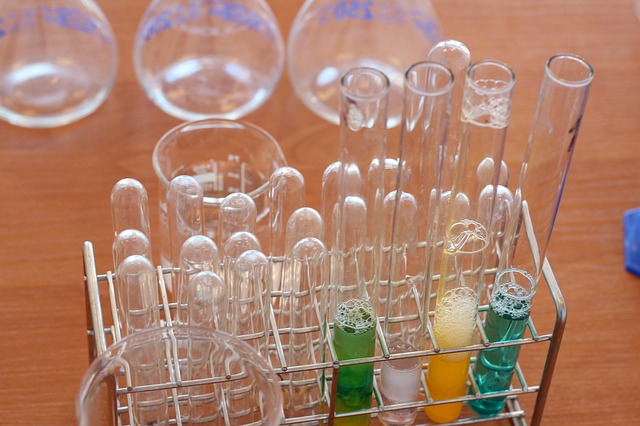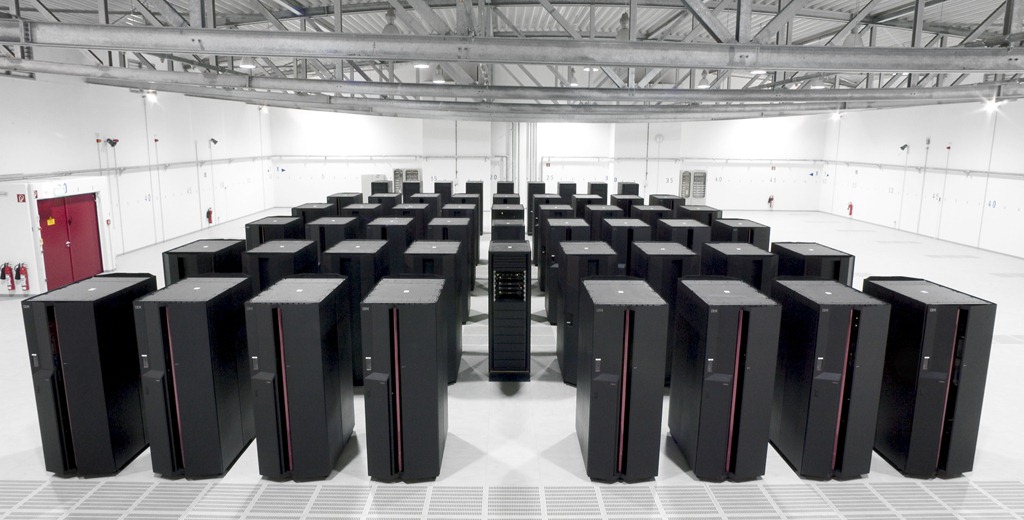In a remarkable feat by Georgia State University, chemists have uncovered the catalytic reaction on a very minute microscopic level. This has the potential to change the manufacturing industry and to develop more efficient processes.
Catalysts are the chemical substances that increase the rate of the reaction. They are present everywhere, every reaction in our body or outside is affected by some of the other catalysts. The scientists of Georgia State University now have a deeper insight into how these reactions work and this would help in designing better catalysts that will increase the efficiency of the process.
The chemists have developed an imaging mechanism that helps them trace individual molecules throughout the reaction through the catalysts like silica. The reaction kinetics were observed and the scientists were able to identify the quantitative aspects of how the reaction speed up under the influence of catalysts at a nanoscale.
So far, the chemical reaction kinetics were studied only in theoretical terms. With the help of the single-molecule imaging system, scientists would be able to practically see what goes inside the reactor. This was designed by Bin Dong, a postdoctoral researcher at Georgia State University.
Georgia State University chemists findings published in Nature catalysis
According to Nin Fang, who’s an associate professor at Georgia State University explains that now with this technology we can get the best conversion rate as well as the optimum speed needed for the reaction. Also, we have experimental evidence to prove it. Fang published the results of the experiment in another journal, ‘Nature Communications’ too.
The discovery could further enhance the industrial processes, especially in the manufacturing sector. Every year, in manufacturing itself, 500 million barrels (almost 80000 million liters) of gasoline is used to make alkanes like propane to alkenes that are further used to design plastics and detergent powders.
With the help of this process, better and more efficient catalysts can be derived that can save a lot of fossil fuels as well as the energy consumed in the process.







